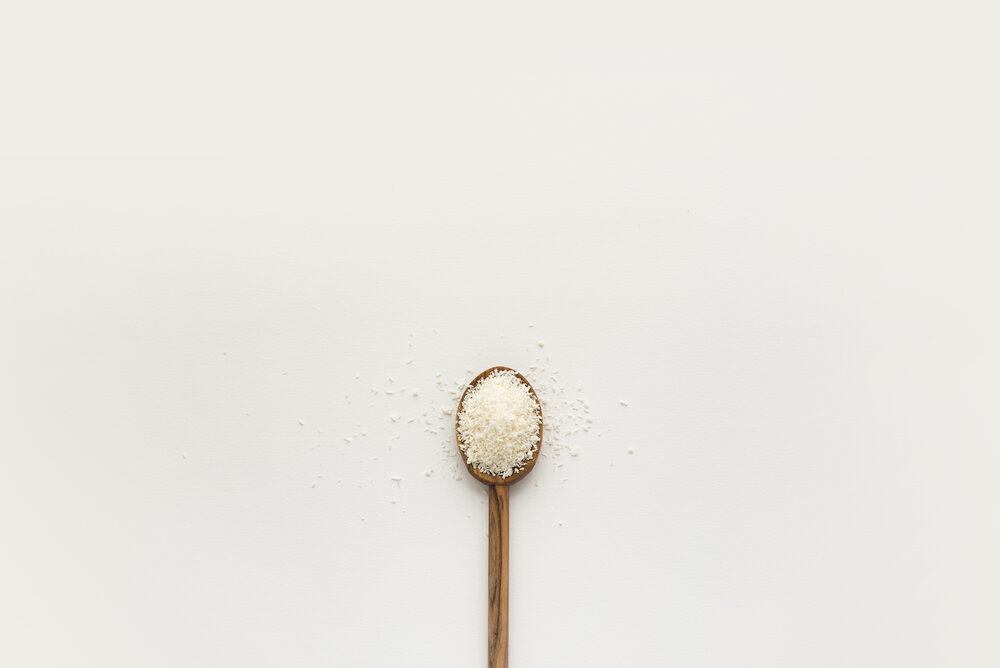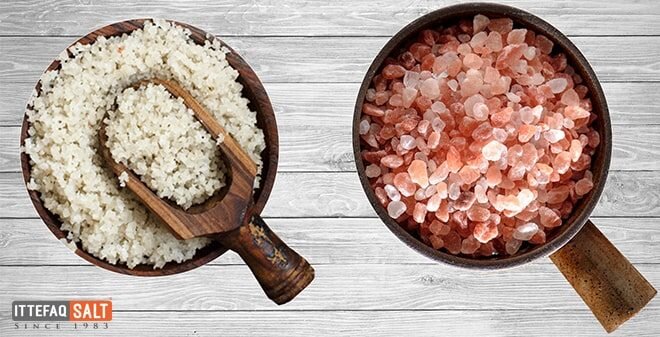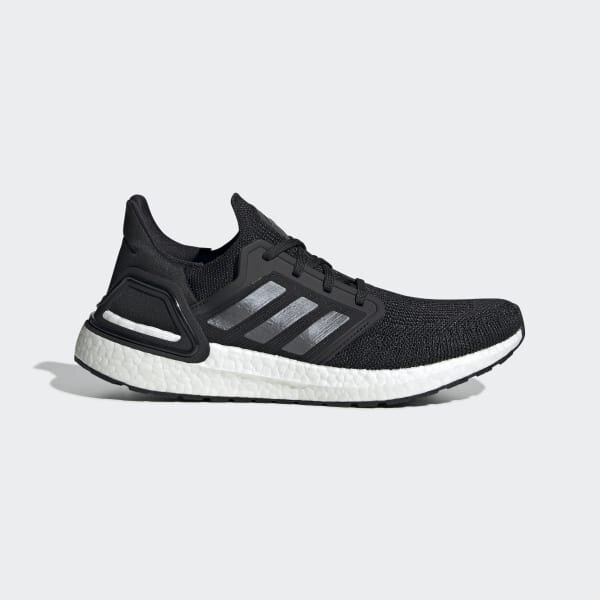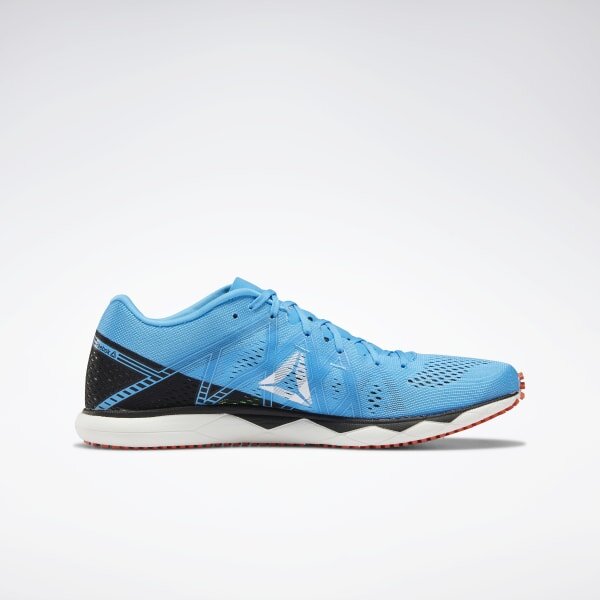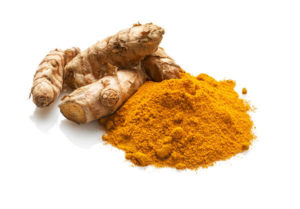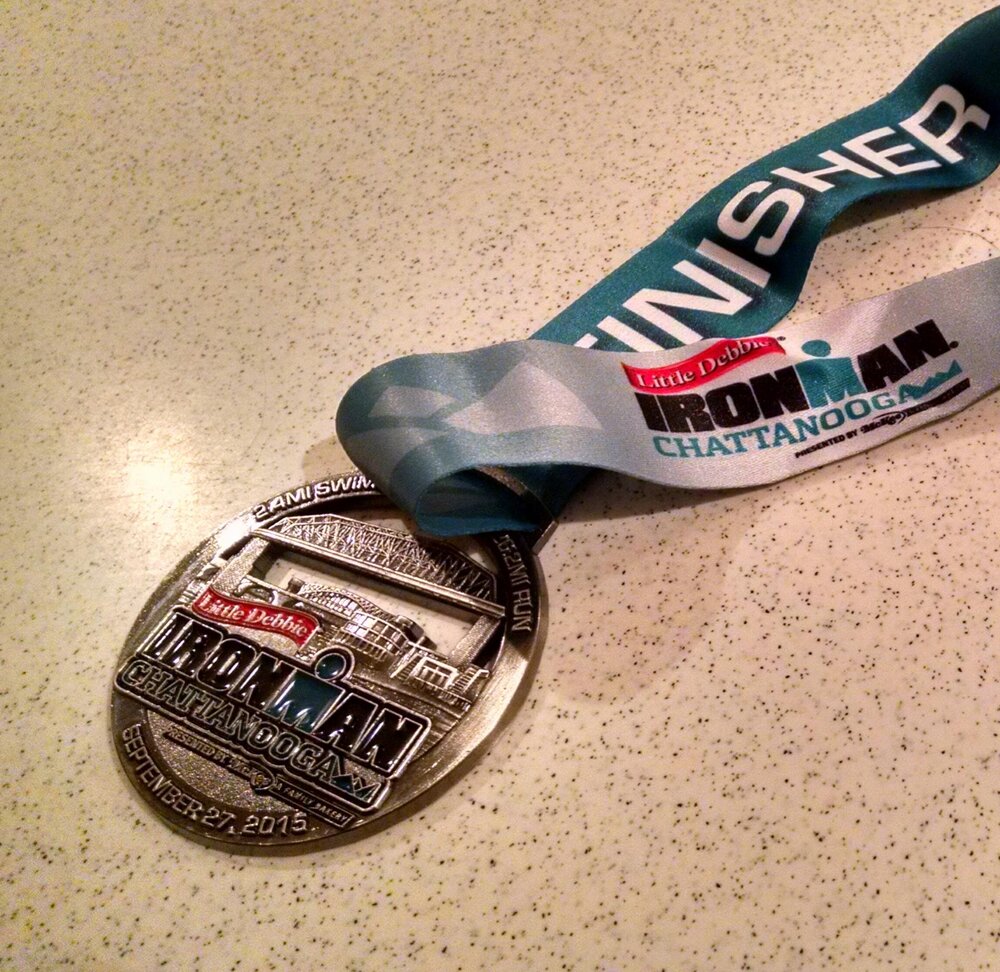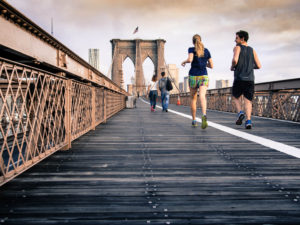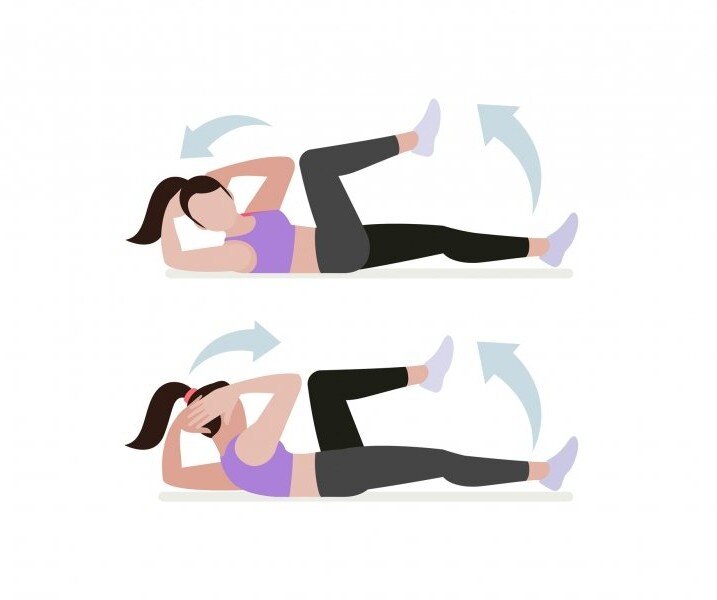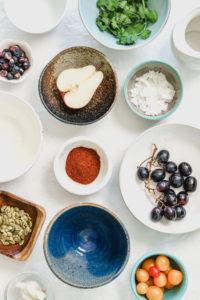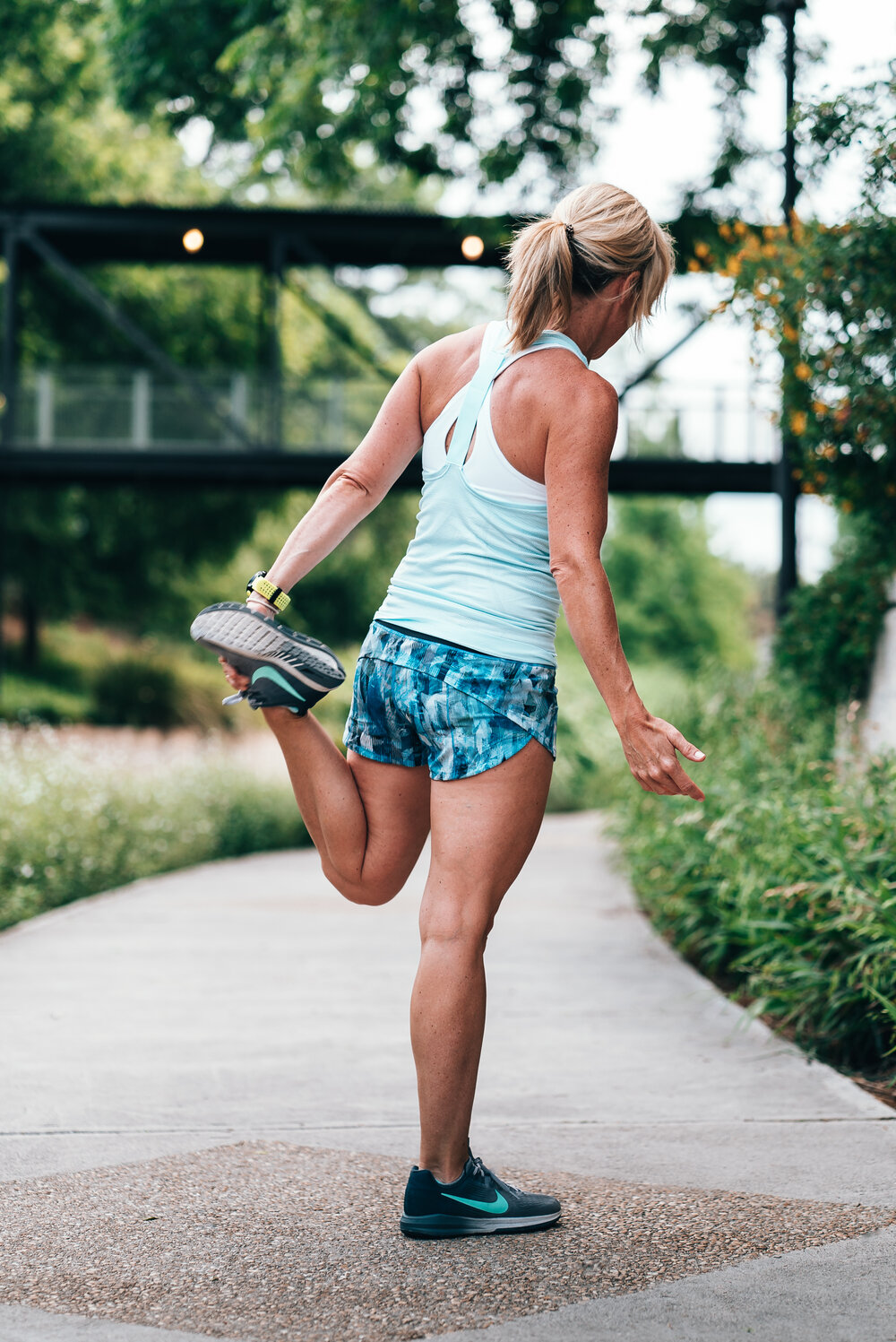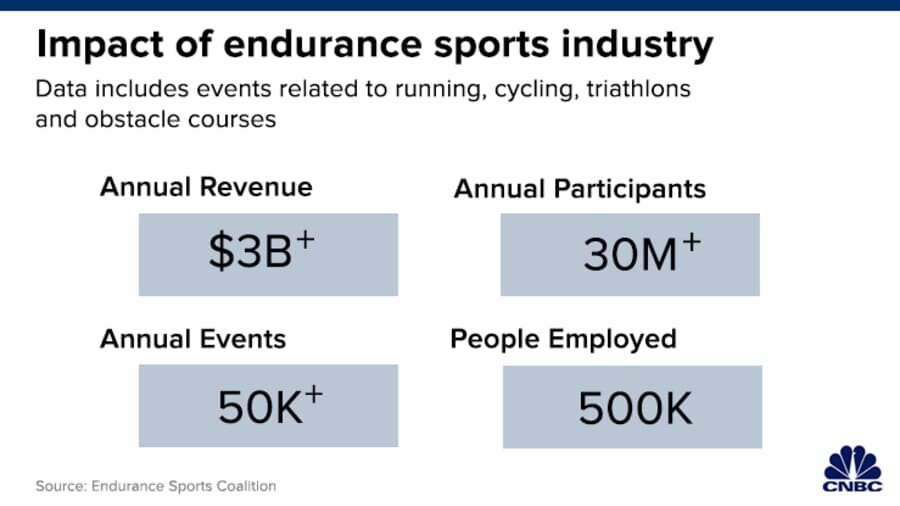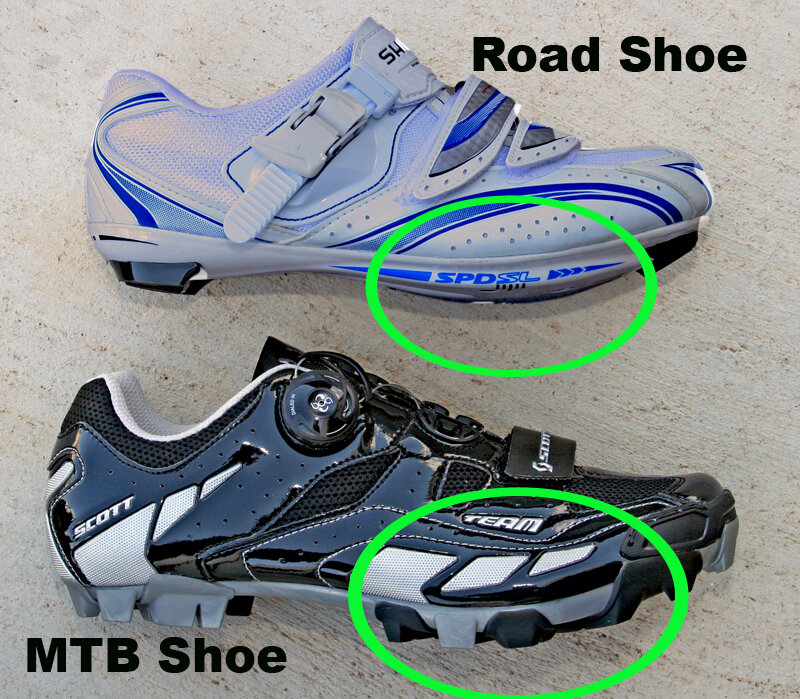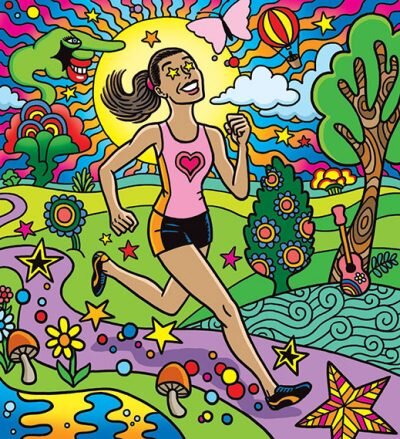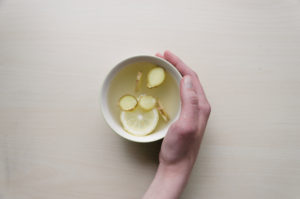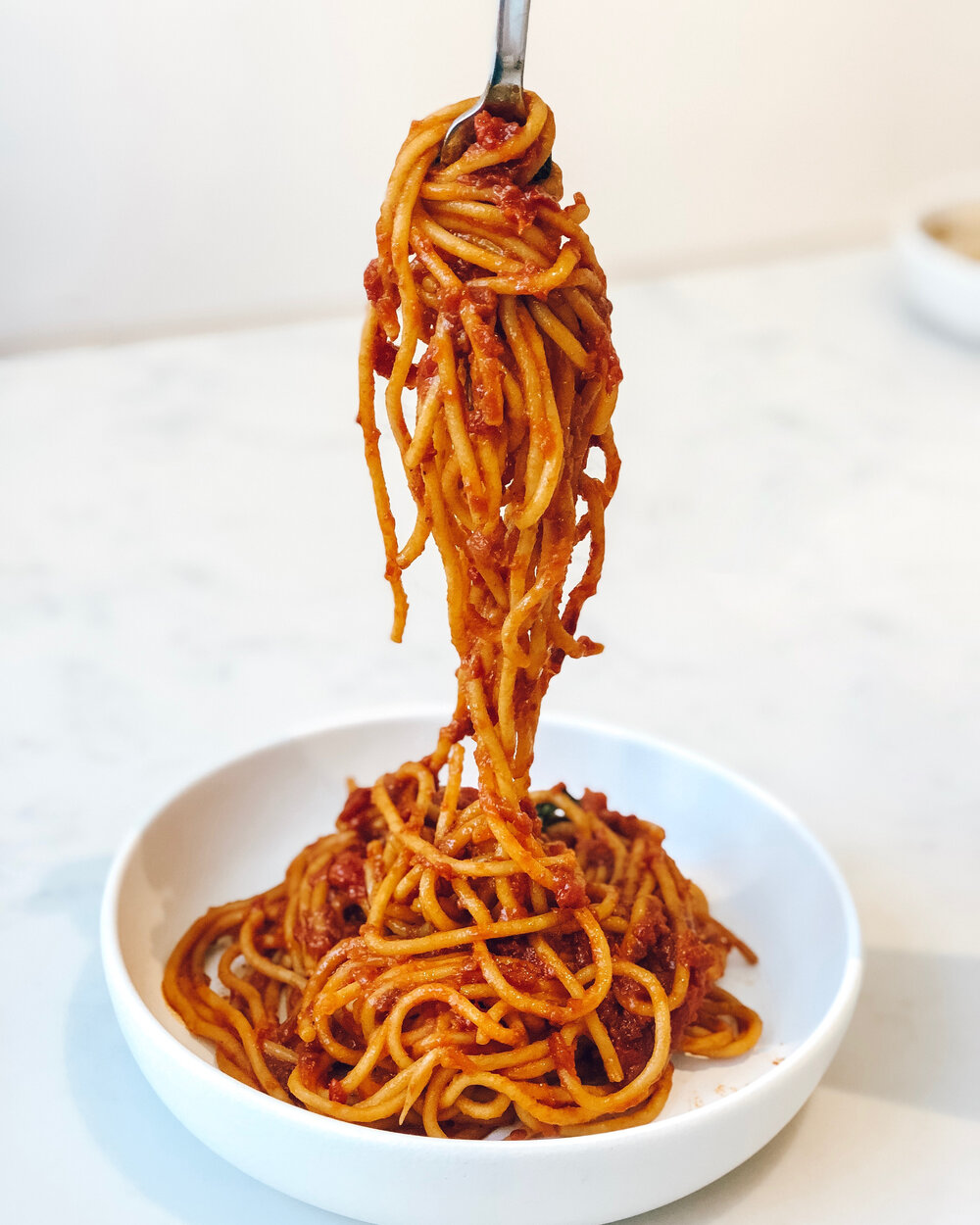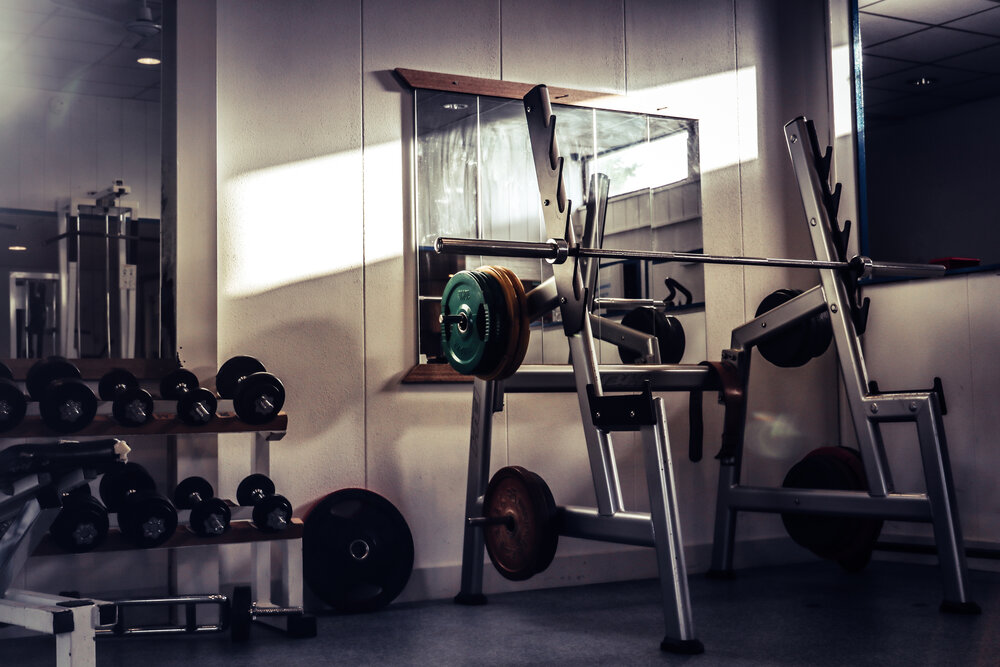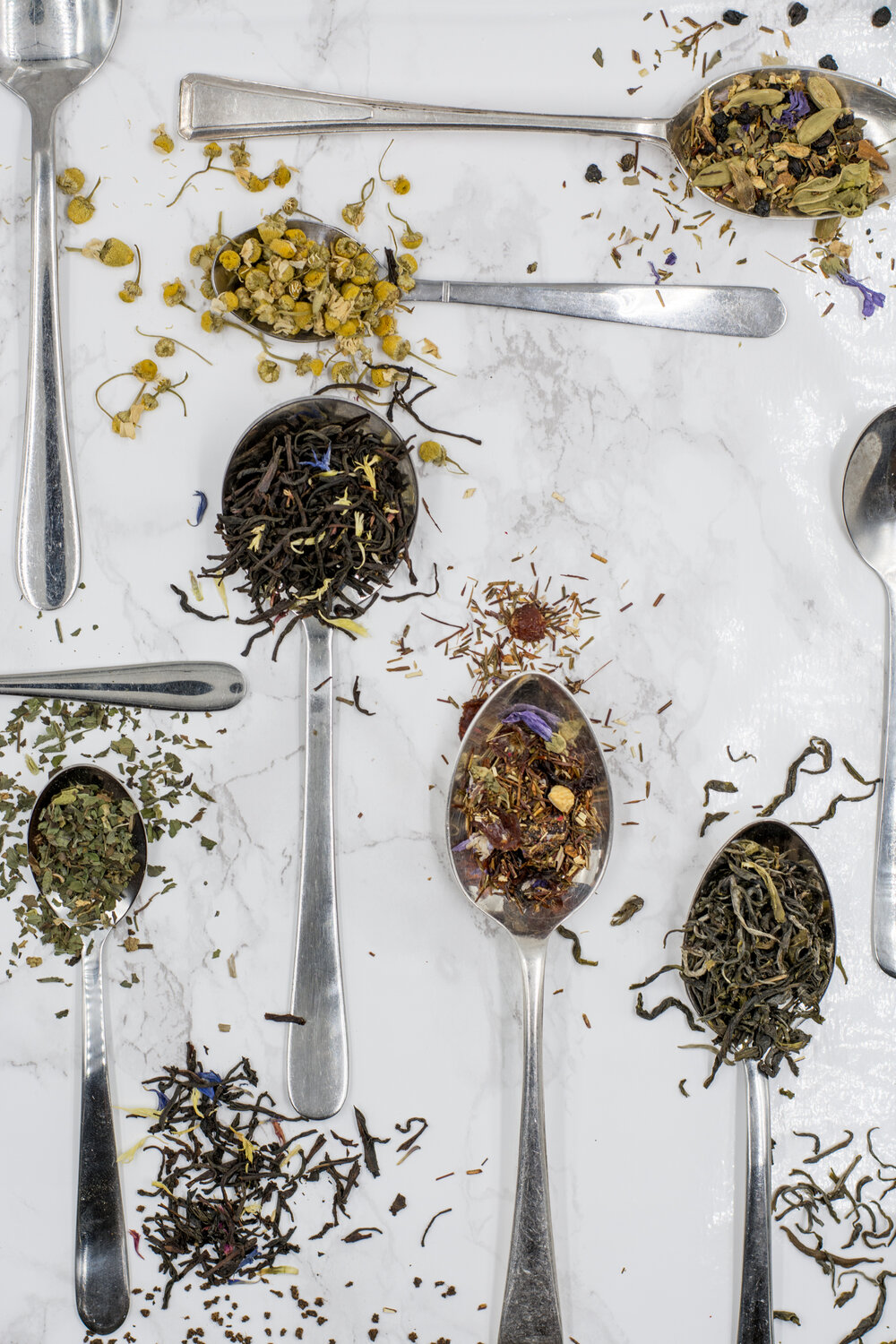The average full-distance Ironman event (not that there’s anything “average” about it) consists of a 2.4 mile swim and a 112 mile bike ride and a 26.2 mile marathon. For reasons unknown the Ironman Chattanooga bike route was 116 miles, for a total distance of 144.6 miles rather than the usual 140.6. Most full-distance Ironman events begin at 7:00am. Chattanooga, however, is near the western end of its time zone. To avoid having participants swim in the dark, the pro men started at 7:20am, the pro women at 7:25am and the age groupers were in a rolling start beginning at 7:30am.
The race was officially scheduled to end at midnight. Crossing the finish line later, even a few seconds into the next day would constitute a DNF. On May 17, 2014 at Ironman Texas I staggered across the finish line at 11:12pm. Given that the Chattanooga race started half an hour later and the distance was four miles longer, my principal goal was to make that midnight cutoff. I was more than a little worried about it.
For months Deedee and I trained together extensively to prepare for this event, but a few weeks before the race a pair of dogs knocked her down during a run. With an injured, swollen ankle, she was unable to train further or compete in the event, much to her disappointment. Though her Ironman journey was temporarily thwarted, she changed her plans, volunteered at the medical tent and appeared at tactically chosen vantage points during my race to cheer me on. She will race in 2016.
Swim Segment
Several days before the race I visited the swim start, up the Tennessee River from the Ross’s Landing transition area. The view downstream from there, to the south, is long and straight, before curving westward. The island we had to swim past and the three bridges we had to swim beneath were hidden from view. From there the swim looked like 8 miles, rather than 2.4 miles. The course was marked by yellow and orange buoys, with one final red buoy at the swim exit.
At 5:00am on race day I waited in the dark with Deedee and 3,000 others. For a couple of hours we talked nervously with those around us, stood in line at portable toilets and wondered just how much benefit the current would provide. At 7:15am we stood while someone sang the Star Spangled Banner. In what seemed like only moments the pros were off, and then the huddled masses marched down to the dock, crossed the timing chip sensor and jumped into the water, four or five at a time.
The Tennessee River at Chattanooga is about as wide as the James River at Richmond, but the surface is smoother and there are no rapids. When my turn came I placed my hand on my goggles and jumped with the others. My grip slipped, and immediately upon hitting the water my goggles came off. I thrashed about and grabbed them. Once the eyewear was securely in place I swam at a deliberate angle away from the river bank, headed for the middle of the waterway where the current presumably was stronger.
Being a slow swimmer, in open water usually I am run over, hit, kicked and otherwise assaulted. Here, however, there was less congestion and carnage. Swimmers were directed to pass to the left side of Maclellan Island, and as the channel narrowed it was relatively more crowded, but even there the traditional Ironman violence was less pronounced. One swimmer hit me with his downstroke and pushed me briefly under the water, but that was the only incident and it seemed inadvertent.
Beneath the bridges I took a moment to glance upward at the cheering onlookers leaning over railings high above. In long distance endurance events the support of spectators is critical. Even in a crowd of competitors sometimes one feels very alone, and in this event, as far as I am aware I was the only participant from Richmond.
Finally I reached the final, bright red buoy and headed for the bank of the river. As I hauled myself from the water at the swim exit, a volunteer grabbed my arm and helped me up the carpeted stairs. My swim time was 1:21:46, compared to 1:44:24 in Texas the year before, so this represented a PR by nearly 23 minutes. In the months leading up this event I spent endless miles in the pool, but most of this improvement must be attributed to the downstream swim rather than to improvements in my technique. Swimming with the current is like cycling with a tailwind. You don’t feel it, but you move much more swiftly than you would without it.
First Transition
I did not finalize my T1 plan before the race, leaving open the option of whether to ride in a wet tri kit with limited pocket space and thin padding, or my bike kit. As I grabbed my bike gear bag and ran into the men’s tent, I decided to go with the bike kit, even though the re-wardrobing would mean a longer transition. After changing, eating several Honey Stinger wafers and taking a break at the portable toilet, I trotted to the bike rack (bikes with race number 2800 and higher were in a special geezer section) and grabbed the machine. I had to pause to ensure that the Garmin was mounted securely and operational, and then ran for the exit. I saw Sophie (She Who Must Be Obeyed) cheering for me along the fence holding spectators back from the road. My T1 time was an appalling 16:35.
Bike Segment
A few days before the race I drove the bike route with Anne-Christine, a friend I met earlier this year at the Raleigh half Ironman. The course took an 11 mile circuitous route to a hilly 47 mile loop, mostly in Georgia, around which we would ride twice, then 11 miles back to T2. I expected the second loop to be more demanding than the first, and I was right.
Drafting is not permitted. There is no peloton in an Ironman triathlon. To avoid being penalized (or disqualified for repeated violations) a rider must stay five bike lengths behind the next bike unless a pass is underway, and that pass must take no longer than 20 seconds. Following this rule can be difficult in the early stages of the ride when bikes are bunched together, particularly in this race, with its fast swim.
My bike strategy included focus on restraint and efficiency. To save some juice for the marathon I had to resist the temptation to go full throttle, and I planned to skip most of the rest stops. With one stop approximately every 15 miles, that’s more than necessary, especially as I carried Gu Chocolate Outrage gels in my saddle bag.
The congestion cleared after about 25 miles. I rode in the aerobars, concentrating on the road ahead. Over time a loosely defined group coalesced, an accretion of riders of similar strength and endurance. Repeatedly I passed a few riders, and several miles later, the same riders passed me. One of these was a woman wearing bright red, riding a black Trek bike. She seemed extremely focused.
The southernmost tip of the loop was a fast downhill, interrupted by a sharp left turn onto Hog Jowl Road. I was prepared, having seen this during the drive, but on the first loop as I braked and made the turn, the rider to my right was going too fast and missed it. He was smart enough not to try to make the turn at high velocity. Instead he rode on, to turn around and recapture the route.
Bike special needs bags were available at the 50 mile point. I stopped, wolfed down several more Honey Stinger wafers and a bag of potato chips, and chatted with a group of spectators who had ensconced themselves there to see the action.
With 67 miles down and 49 miles to go, I was tucked into the aero position and pumping the pedals at an 80 rpm cadence to maintain a steady 22 mph pace. The road was straight and flat and the wind roared in my ears. Far ahead, a man in blue moved to pass a woman wearing pink. As he overtook her, she swerved left and they collided. Two people and two bikes hit the pavement, rolled and tumbled, coming to rest staggered across the double yellow line. By the time I reached them, both pink and blue were on their feet, wheeling broken bikes to the side of the road. For these two, sadly, it looked like their race was over. They appeared to be uninjured except for some road rash.
At 98 miles I rolled through a small Georgia town. Cheering spectators lined the road, motivating me to a moment of intellectual reflection. Here I was, a middle-of-the pack overaged amateur athlete from a city hundreds of miles away, and these people were out there cheering for me and wishing me well. I smiled to myself and vowed to do my best. Four miles later I heard a familiar voice shout “GO RICK!” At the edge of the pavement Deedee jumped up and down, cheering. I yelled my thanks and redoubled my effort. Heading back toward Chattanooga, I banked into a right turn and stepped up the pace. As I did so, the red-kitted woman on the black Trek time trial bike passed me. “I’ve seen you a lot today,” she said, “and I’m going to take care of that right now.” After those words she did to me what the road runner does to the coyote. She disappeared into the distance and I knew it would be pointless to try to catch her. That was just fine, as I was riding my own race.
After 116 miles I rolled into T2. Sophie stood cheering at the entrance. She doesn’t come to all my races, and I was very pleased she was present. I smiled, shouted and waved as I rode by. At the dismount line I jumped from the bike, handed it off to a volunteer and ran into the transition area. My bike time for 116 miles was 6:39:08, compared to 6:59:51 for 112 miles last year in Texas.
Second Transition
I ran into the changing tent, stripped, dressed and ate some lemon chomps I’d stashed in the run gear bag. To reduce the chances of chafing I applied Glide to some more sensitive areas. Time spent in T2 was 12:48, which was much too long. I need to work on that.
Run Segment
My training partners know that my running technique is unburdened by talent. Training for Chattanooga I ran (albeit slowly) much more than I did while training for Texas. In that race I walked more than 20 of the 26.2 miles. My plan for Chattanooga involved running about half the marathon. I can walk a steady 15 minute mile for a significant distance. That’s a fast walk. I can trudge 10 or 11 minute miles for a moderate distance. That’s a slow run, but it means that for every trudged mile I can cut at least four minutes from my total time.
The marathon course covered two loops and repeatedly crossed the river. The first half of each loop was relatively flat and the second half was agonizingly hilly. Rest stops were ubiquitous. There must have been one every mile, and at every stop I consumed water, Gatorade, a banana and some of whatever else was available. As a committed vegetarian, I skipped the chicken broth that was handed out after the sunset, but I will concede that it looked and smelled good.
In my casual fashion, I trotted from T2. At about mile five Deedee stood at the side of the road urging me on. I ran another few miles, walked a bit, then ran some more. Near the end of the flat part of the first loop, a high school marching band with horns, drums and more, played invigorating music to keep us moving. The second half of the loop was steep and horrific. Climbing the hills was agony. Descending on the other side of the hills was painful. I really don’t want to say anything else about it because to do so I’ll have to remember it.
At mile 13 I stopped to access my special needs bag, extracting potato chips, a We Heart Harlie shirt, Vaseline for my blistering toes and a fresh pair of socks. Clearly Deedee was using her portable transporter device, because she was there.
I walked most of the second loop. After sunset the temperature dropped, and I was glad of the Harlie shirt for its added warmth. To my pleasant surprise the high school band was still playing, its teenagers tired but hanging in there. The hills on the second half of the second loop were steeper and longer than the first time around, but even in the dark, spectators stood and cheered as I sauntered past.
Finally the finisher chute was before me, and I jacked it up to a run for the cameras. Sophie and Deedee were both there yelling and cheering as I crossed the finish line, somewhere around 10:40pm, which of course was well on the safe side of the midnight cutoff. My marathon time was 6:37:17, which is about 24 minutes faster than my time of 7:01:15 in Texas last year.
Conclusion
I was the 44th finisher out of 75 people in my age group. My total time was 15:07:34 which was an hour, four and a half minutes faster than my 16:12:05 time at Ironman Texas last year.
The volunteers were great. Then again, Tennessee is the Volunteer state so maybe this should not have been a surprise.


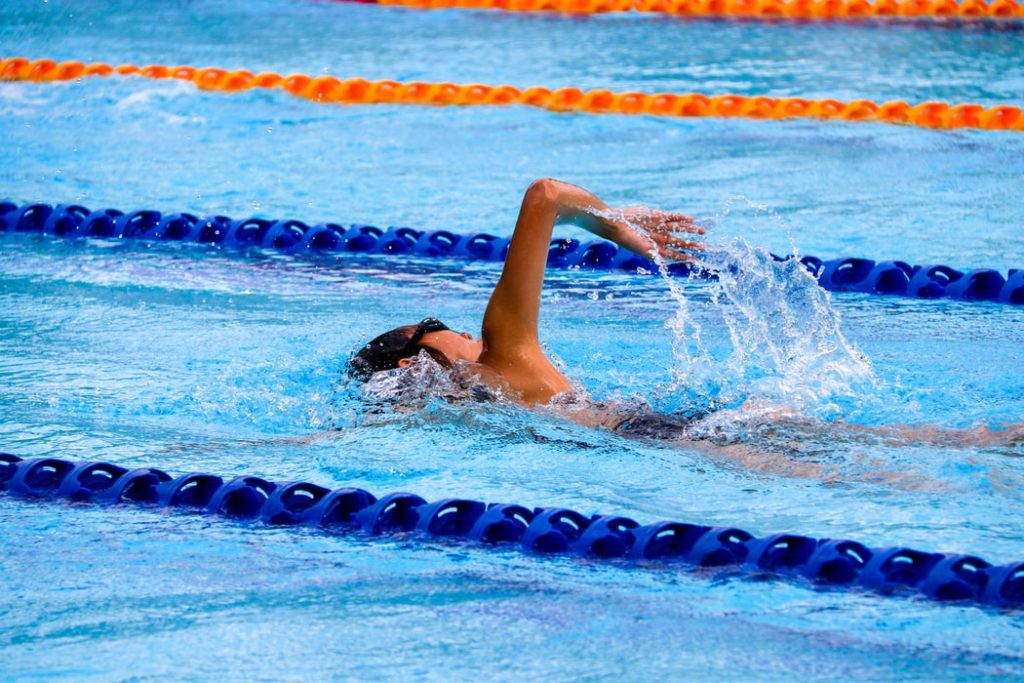

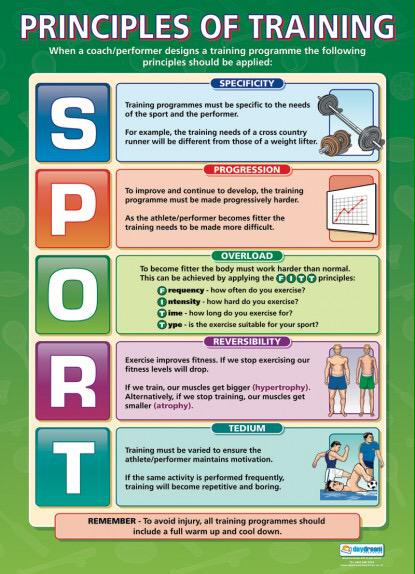
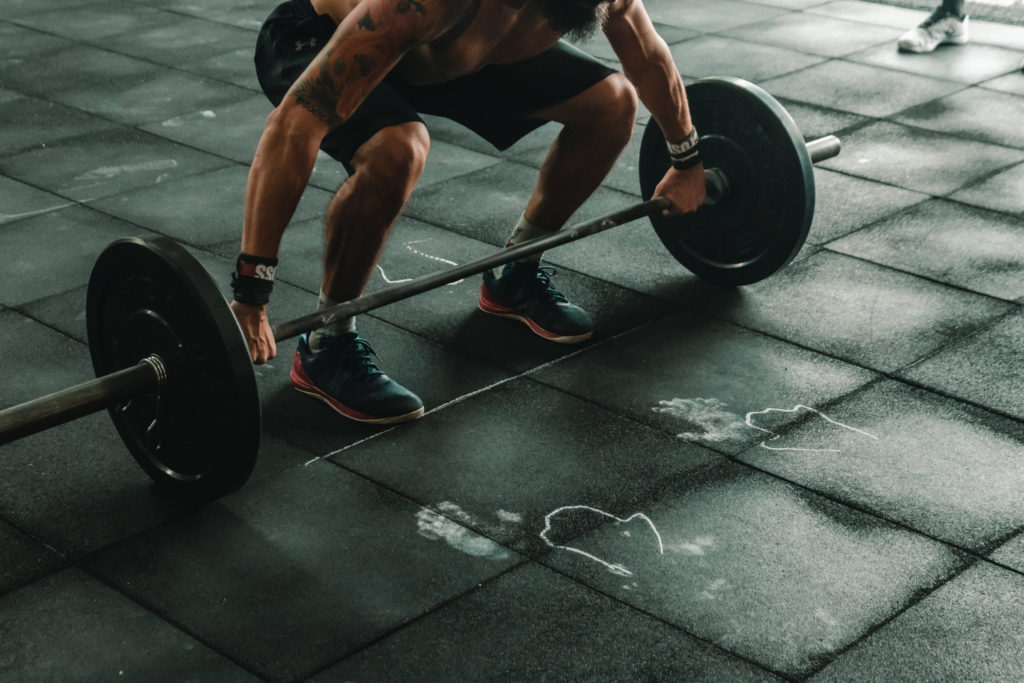

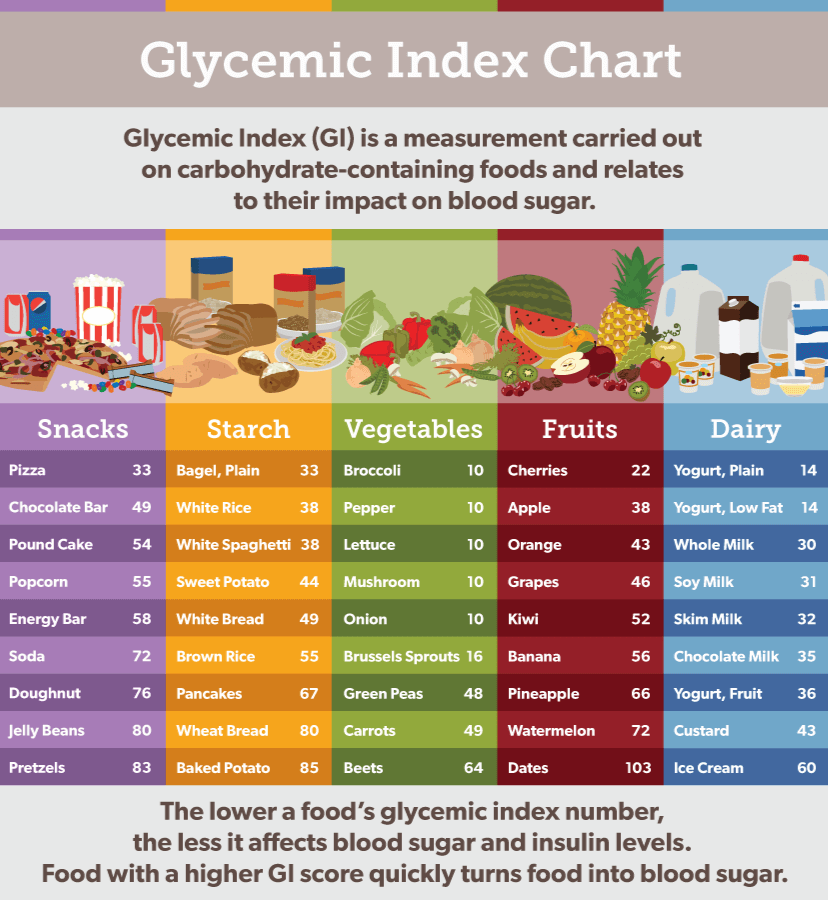
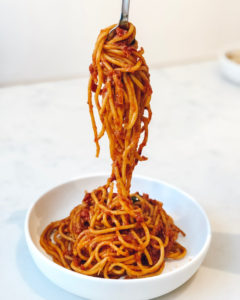
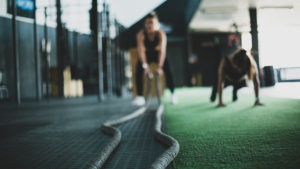
 Protein is the building block of muscles and organs. It’s also a component in our skin, hair, bones and tendons. Protein is critical for the body to build, repair and generate new tissues. Composed of a sequence of amino acids, 14 of which the body is able to produce on its own, and the remaining, called Essential Amino Acids – those of which we must obtain from the foods we eat.
Protein is the building block of muscles and organs. It’s also a component in our skin, hair, bones and tendons. Protein is critical for the body to build, repair and generate new tissues. Composed of a sequence of amino acids, 14 of which the body is able to produce on its own, and the remaining, called Essential Amino Acids – those of which we must obtain from the foods we eat.
